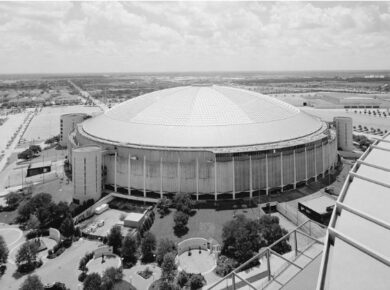Dear steel lovers, 2023 will be the great Eiffel year.
There are many great engineers in the history of steel construction, but one name eclipses everyone else: Gustave Eiffel (b. 15 december 1832 – d. 27 december 1923) I will dedicate two posts today on this unique character who has left a unequalled legacy in steel construction.

Photo: Nadar
It was undoubtedly Eiffel’s talents as an engineer that propelled him into the pantheon of great inventors of steel structures. But his technical abilities would have been little without the skills he demonstrated as a businessman, capable of transforming his very boldest ideas into built reality, gifted with determination and ambition and prepared to take calculated risks in a particularly favorable economic climate marked by the expansion of railways and the rise of steel construction.

Photo: Wikimedia
Beyond the epic tale of the individual, the progress of business of his company illustrates how his success arose out of the conjunction of technical innovation, notably in construction process, the mastery of industrial manufacturing, the insistence upon quality, the mobilization of talents and capital thanks to the charisma of the founder, the skillful negotiation of contracts, good PR and the constant lobbying in the right places. (Source: The Eiffel Tower – Taschen)

Photo: ntt
His first major project was the Saint-Jean railway bridge in Bordeaux in 1858, in collaboration with Paul Régnauld, a project which he managed at the age of 26. Gustave Eiffel used the compressed-air foundation technique to build the tubular piers. In 1866, he acquired the Ateliers Pauwels de constructions métalliques, in Levallois-Perret, west of Paris.

Photo: Joseolgon
The company won several major orders for the construction of viaducts and buildings with metal structures or frameworks. Eiffel’s talent, his ability to grasp any new idea or project, and his capacity to surround himself with brilliant collaborators contributed to the success of the Eiffel company: Théophile Seyrig in 1868, Émile Nouguier from 1875, Maurice Koechlin from 1879, etc.

Photo: Belgavox,
In the second post, I will focus on some of his less known achievements, and on the dramatic events in Panama that lead to his decision to quit the steel construction business.
About the Author:

Bruno Dursin – Managing Director at Believe in Steel. Bruno has more than 30 years of experience in promoting steel & steel solutions. His clients benefit from his extensive network within the building industry.



